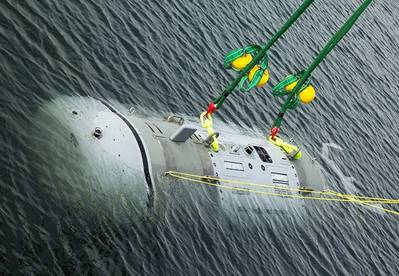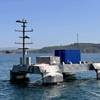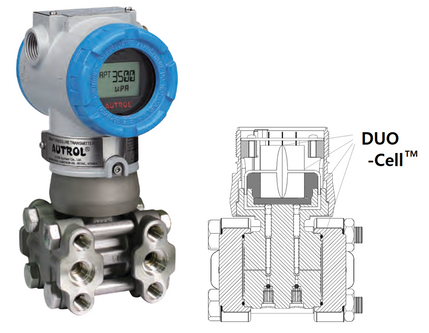UUV Integration Will Transform Submarine Tactics
For decades, submarines have been the apex predator, roaming the oceans largely unmolested, gathering intelligence, providing a sea-based nuclear deterrent, and conducting clandestine missions with impunity.
As such, these versatile and lethal platforms have been highly sought after by navies around the world, and with advancements in underwater propulsion and quieting technologies, it is perhaps more challenging than ever to detect, localize, and track them.
But even as submarines become stealthier, and the ocean depths continue to offer many ways to hide, emerging underwater capabilities are poised to reorder the undersea battlespace, and will force the development of new tactics to successfully employ and counter them.
Recently, the U.S. Navy announced a critical step toward operationalizing one of these capabilities. By the end of 2024, the USS Delaware, a Block III Virginia-class attack submarine (SSN), will put to sea with an integrated torpedo tube launch and recovery (TTLR) UUV system.
The announcement comes just eight months after the Delaware successfully deployed and recovered a medium UUV using the "Yellow Moray" system, and a year after L3Harris announced the successful launch and recovery of an Iver4 ("Rat Trap") from an underway submarine. The Yellow Moray UUV is a Huntington Ingalls Remus 600, and is likely a modified Razorback UUV, originally designed for littoral battlespace sensing operations. Razorbacks have deployed aboard Navy submarines in the past, however they required stowing in a dry deck shelter, with launch and recovery performed by trained divers. A TTLR capability would enable more streamlined and seamless UUV operations, as well as greater mission flexibility.
This is a significant achievement, and represents a game changing capability that would greatly enhance a host submarine’s organic sensing capability and enable high risk missions to be conducted more clandestinely and at standoff range. For example, UUVs could conduct intelligence, surveillance, and reconnaissance (ISR) and intelligence preparation of the operational environment (IPOE) missions in contested or denied areas.
This might include localizing seabed sensor or communications infrastructure for a follow-on strike, or reconning enemy coastal installations and operations at close range. UUV-enabled mine countermeasures (MCM) would enable covert minefield mapping and/or mine neutralization, which would be valuable in environments where surface mine countermeasures would put manned assets at risk, or reveal operational intentions. SSNs will also need to contend with sea mines laid specifically to impede their passage through strategic waterways and chokepoints. UUVs could remotely map out a safe passage, or “Q Route,” or be teamed with smaller, neutralizer UUVs deployed from the host submarine’s countermeasure launchers. And as their convergence with mines and torpedoes continues, UUVs will increasingly assume the role of standoff weapons, such as the U.S. Navy’s Mining Expendable Delivery Unmanned Submarine Asset (MEDUSA), with its ability to strike seabed targets, or transit to enemy ports, sink to the bottom, and await its prey.
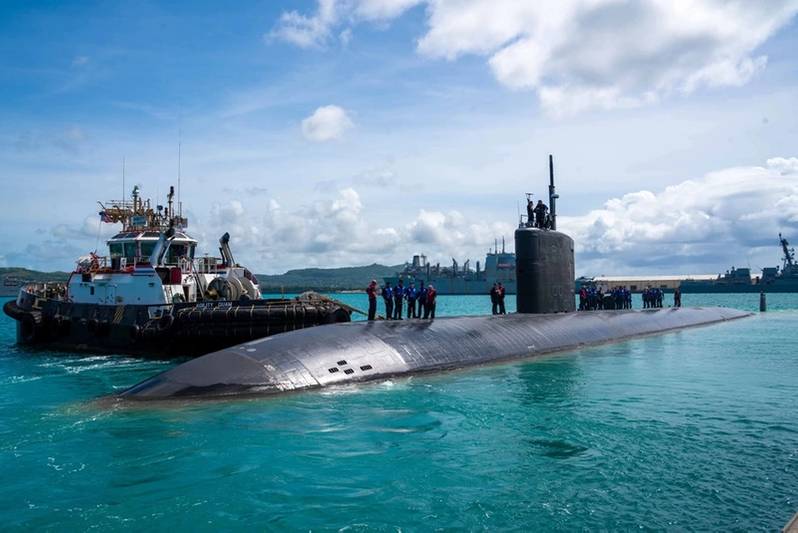 The Los Angeles-class fast-attack submarine USS Annapolis (SSN 760) departs Guam, March 3.
The Los Angeles-class fast-attack submarine USS Annapolis (SSN 760) departs Guam, March 3.
U.S. photo by Lt. Eric Uhden
One of the more urgent missions for a TTLR UUV system is anti-submarine warfare (ASW), including the ability to counter enemy ASW operations via tactical deception. While the primary missions of U.S. Navy SSNs during full-scale conflict would likely be anti-surface and strike, they will still be called upon to seek and destroy enemy submarines. UUVs could augment a host submarine's organic sensor capability by acting as an offboard, distributed bistatic acoustic array, employing active sonar to illuminate enemy submarines with acoustic energy, while the host submarine receives and processes the returns to localize and engage targets. UUVs could also be used to augment the host submarine's passive sensing by structuring a wide aperture, offboard array, relaying contact data to the host submarine via secure burst acoustic communication.
For this role, UUVs could be fitted with advanced, miniaturized passive sonar technologies, such as the KraitArray, a thin line towed array from Systems Engineering & Assessment Ltd (SEA).Should war come, attack submarines will be high on the enemy’s target list, and for the U.S. Navy, with its looming SSN shortfall, shipbuilding woes, and overburdened fleet, safeguarding these high-value assets and their crews against enemy ASW operations will be paramount. In a counter-ASW role, UUVs could jam enemy passive sensors by flooding them with ambient noise or false active sonar returns, or act as decoys by emulating the acoustic signature of the host submarine to distract enemy ASW assets and enable escape. Conversely, they could be used to lure enemy submarines into a subsea killbox where a submarine, XL-AUV, or field of encapsulated torpedo mines lie in ambush.
But the many benefits of an integrated TTLR UUV system will not come without costs – most notably, a tradeoff in weapons loadout. The Delaware, for example, has four torpedo tubes, with a capacity for 25 torpedoes and/or TTL mines. The number of UUVs required to generate operationally relevant gains in sensing or effects is unknown, but in general, more sensor nodes equals more robust situational awareness. Vehicle endurance would also be a factor in the number of UUVs required to maintain persistent, wide area coverage, as recovery and recharging will impact on-station time. The Remus 600 can operate for approximately 70 hours, but this will vary depending on battery loadout and the power requirements of its sensor/effector payload and onboard processing. Unless there are stowage modifications, each TTL UUV would displace a weapon, which in peacetime may make little difference, but would be a serious consideration should war break out. One workaround could be a system that leverages the flexibility of Virginia-class payload tubes, such as the Universal Launch and Retrieval Module from General Dynamics, which utilizes a retractable platform to deploy and recover UUVs of varying displacements.
Whereas in the past, submarines have relied on passive sonar and stealth when carrying out their missions, continued success – and survivability - will hinge on how artfully new technologies and unmanned systems can be integrated into subsea operations. It will also necessitate a more aggressive posture, whether targeting enemy submarines using offboard active sonar, neutralizing seabed targets, laying minefields at standoff range, or deceiving and disrupting enemy ASW. Onboard integration of UUVs will greatly enhance these mission sets and others yet to be conceived, making submarines even more capable sensor/effector platforms, and prompting the development of innovative submarine tactics, techniques, and procedures to meet the challenges of tomorrow’s undersea domain.
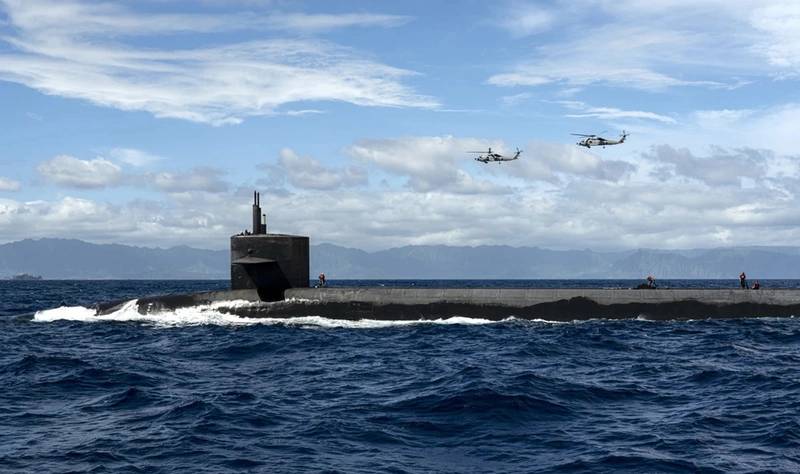 Ohio-class ballistic-missile submarine USS Henry M. Jackson (SSBN 730) in the vicinity of the Hawaiian Islands.
Ohio-class ballistic-missile submarine USS Henry M. Jackson (SSBN 730) in the vicinity of the Hawaiian Islands.
U.S. Navy photo by Mass Communication Specialist 1st Class Devin M. Langer/Released




